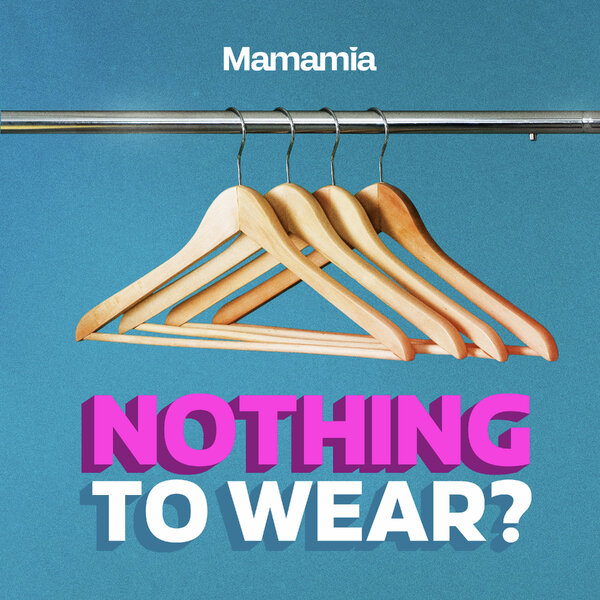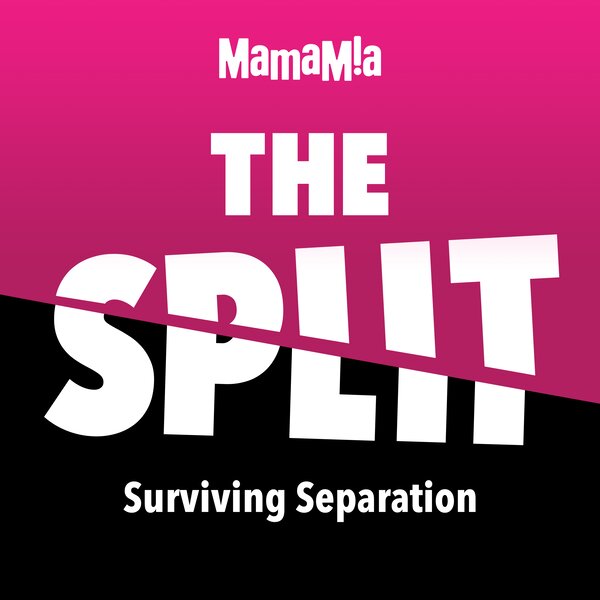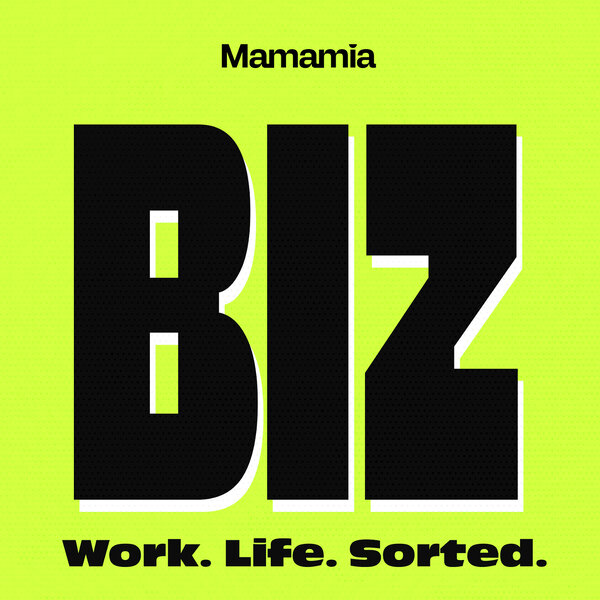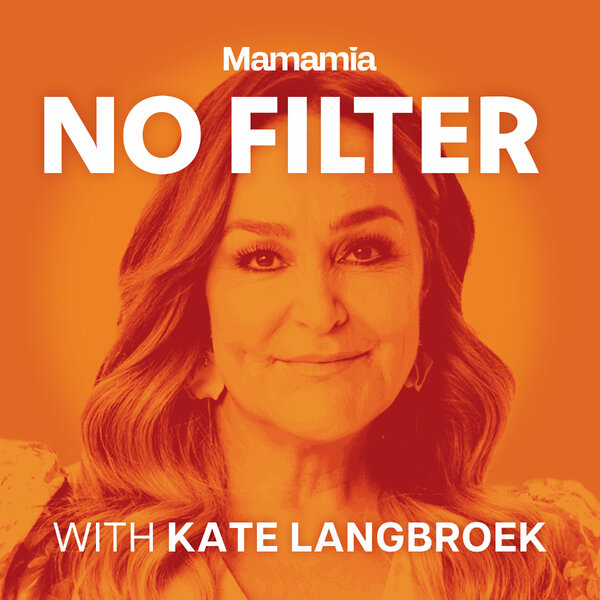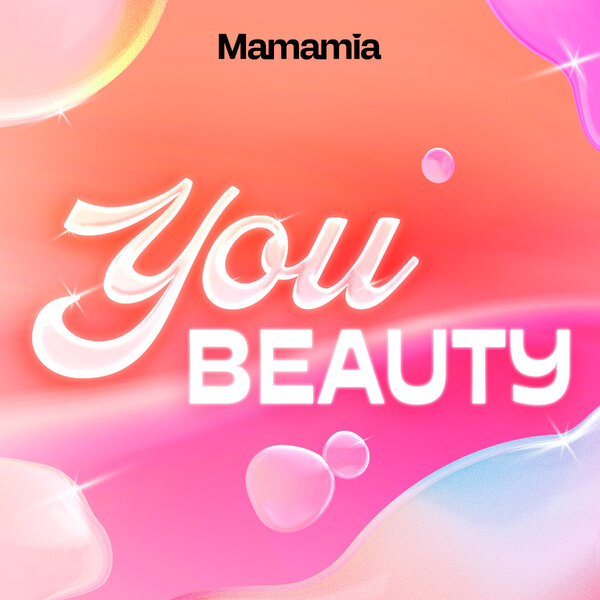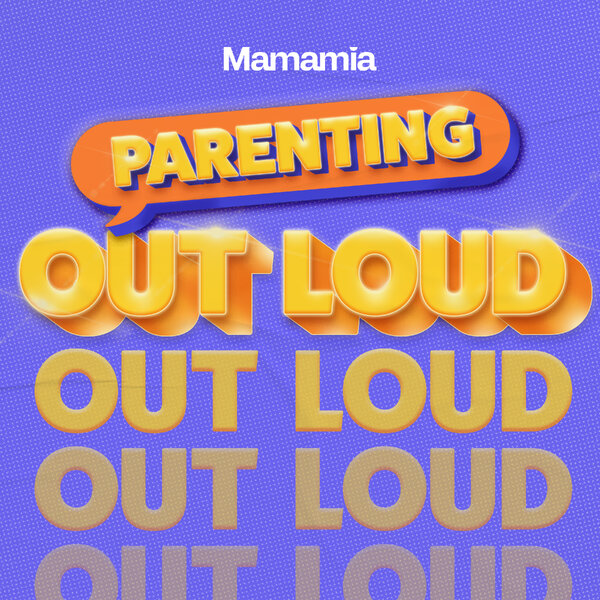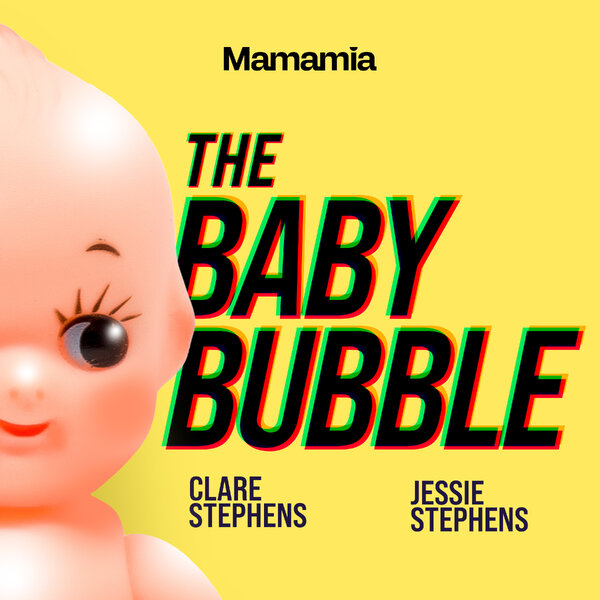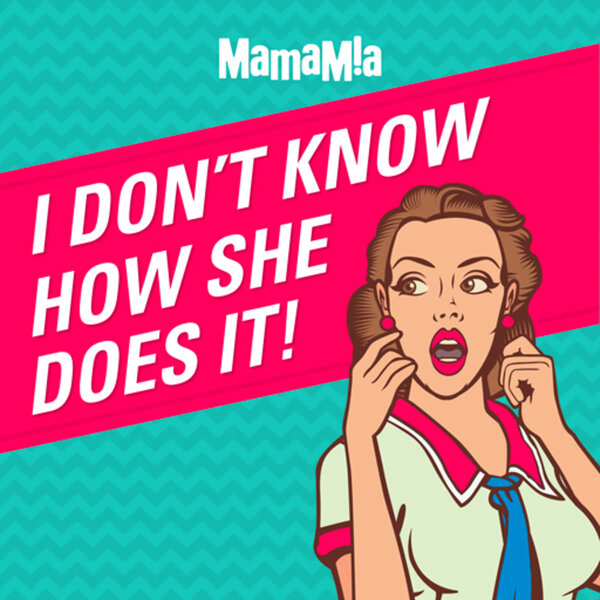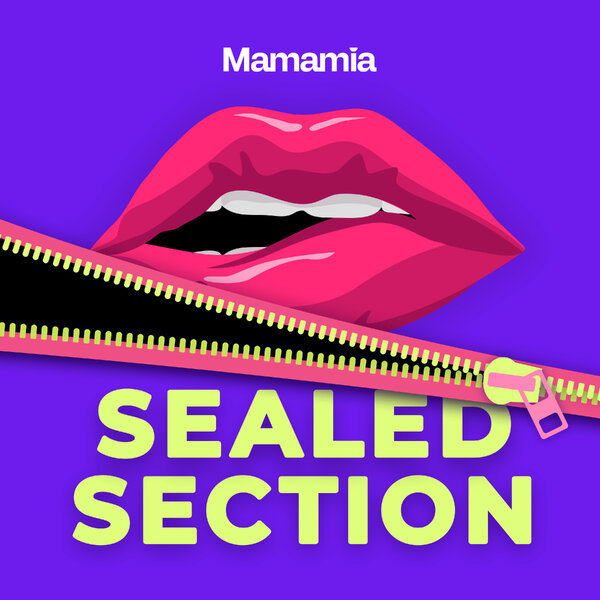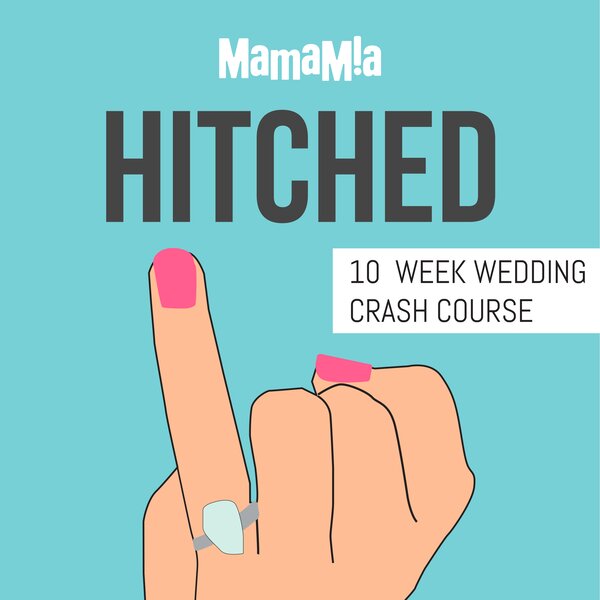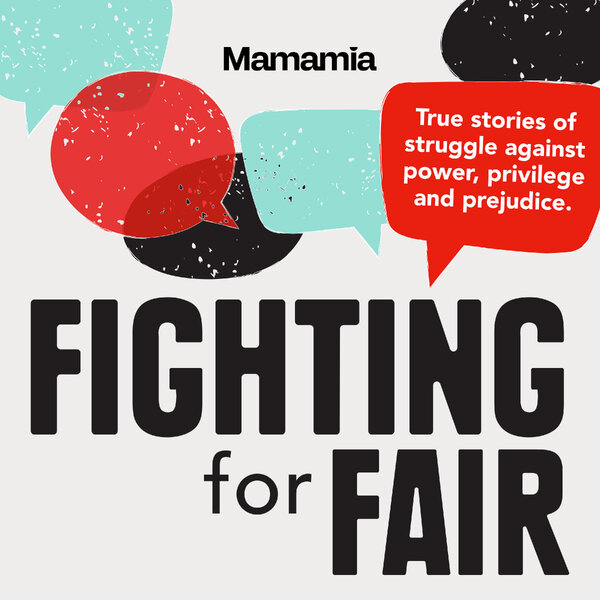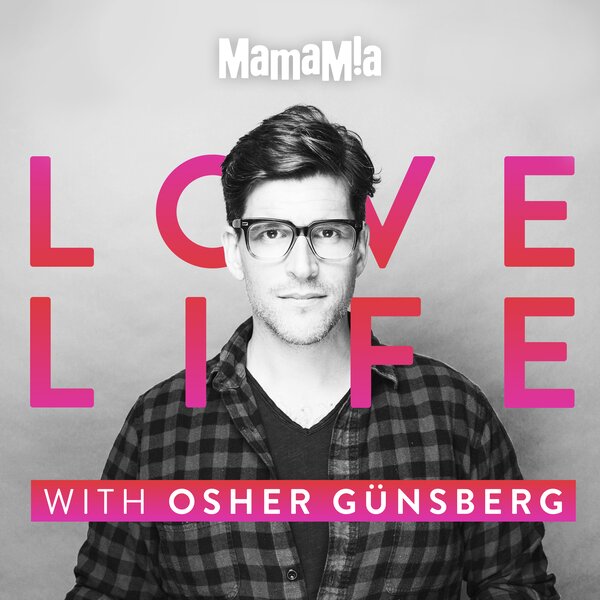
Want to support independent women's media? Become a Mamamia subscriber and get an all-access pass to everything we make, including exclusive podcasts, articles, videos and our exercise app, MOVE.
At the Fifth Annual Academy Gala on Sunday night, the A-list took to the red carpet in their most glamorous gowns and tuxedos, many plucked straight off the runway at Paris Fashion Week.
Kim Kardashian was there, allegedly, but for all we know, she chose to take the night off and send a body double in her place.
She didn't, of course, because Kim's commitment to fashion — to pulling off a look — is second to none.
Watch: Would you rather be overdressed or underdressed? Our fashion experts disagree. Post continues below.
There was the time she followed a strict diet by her own admission to fit into Marilyn Monroe's dress for the Met Gala, or the time Balenciaga wrapped her face and body in black jersey to make a point about her iconic silhouette.
But her latest look was perhaps her most subversive — and high-fashion — to date.
